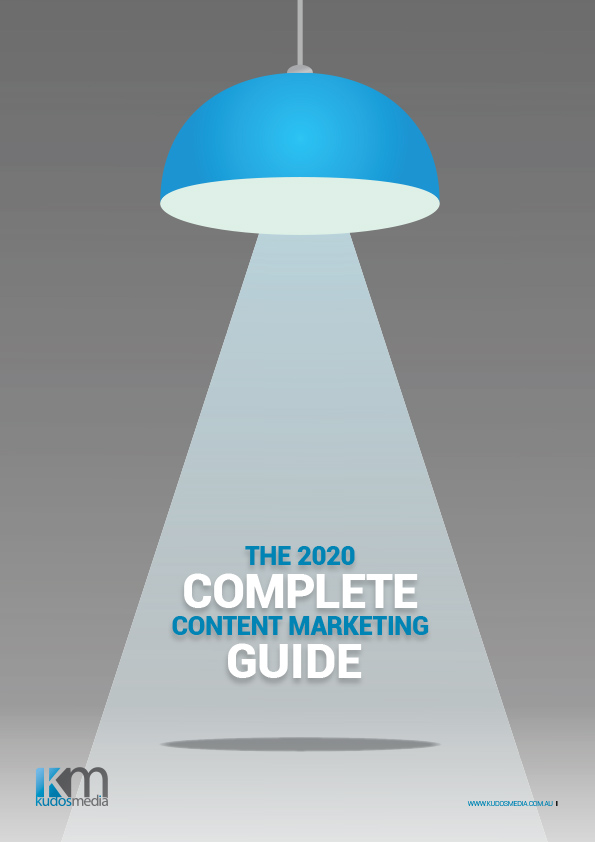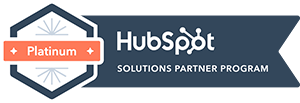How to Map the Buyer Journey
Understanding who your customer is and how they interact with your business is central to developing effective sales and marketing strategies.
The way in which prospects move towards a purchase or conversion and the various touch points along the way make up the Buyer Journey. Potential customers become aware of a problem, need or want, consider the various approaches, and decide on an appropriate solution.
It’s important to design content, touchpoints and lead generation tools that are relevant to your customers based on their position in your marketing funnel and sales pipeline, and associated informational desires.
Mapping and understanding the stages of the buyer journey allows you to personalise your marketing content and sales processes, nurture leads, and ensure a positive customer experience at every stage.
Stages of the Buyer Journey
The buyer journey is commonly divided into four stages: awareness, consideration, decision, and advocacy. At each stage you should be thinking about how the prospect is thinking about their problem, what and where they’re researching, and which actions they are taking to find a solution. The more thorough your understanding of the customer at each stage, the more effective your targeted marketing efforts will be.
Awareness: During the Awareness Stage, the buyer realises they have a problem, challenge or opportunity based on pain points they are experiencing or what they are trying to achieve. They are acknowledging the symptoms of a problem and seek to identify the issue and decide whether or not finding a solution is a priority. Your goal at this stage should be helping the buyer to pinpoint their problem.
Consideration: At the Consideration Stage the buyer clearly identifies their problem or goal and begins researching and evaluating different methods for solving or achieving it. They are seeking information but are not quite ready to commit to a purchase. Your focus should be educating them on how and why certain solutions will solve their problems.
Decision: Once the buyer has settled on a particular solution, they choose from the available vendors at the Decision Stage. Your content needs to convince potential customers that your business is best suited to providing their chosen solution.
Advocacy: After their purchase, you want your customers to become loyal brand advocates. Ensuring a positive, frictionless experience throughout the first three stages of the buyer journey, reminding customers of this experience, and requesting their feedback optimises your chances of encouraging referrals and word-of-mouth promotion.
Content for Each Stage of the Buyer Journey
Optimising your content and marketing efforts to reflect specific stages of the buyer journey ensures you get the right message to the right prospect at the right time. This encourages a positive customer experience and allows you to nurture leads right through the funnel. The types of content best suited to each stage include, but are not limited to:
Awareness:
- Blog posts
- Informational whitepapers and ebooks
- Social media posts (native or promoted)
- Videos
Consideration:
- Customer testimonials
- Product/service comparison guides
- Case studies
- Webinars
- Search engine marketing
Decision:
- Free trials
- Live demos
- Coupons
- Consultation offers
Advocacy:
- Product updates
- Customer newsletters
- Surveys
- Exclusive content
Read: Social Media vs Search Engines in the Conversion Funnel
The Buyer Journey and Customer Experience in a Digital Age
The rise of digital marketing and e-commerce has meant that what was once a linear path to purchase is now much more fragmented. Technology has transformed the way customers move through the buyer journey and often a prospect will jump around, skip stages or go backwards.
This means performance metrics and reporting are more important than ever. Using data tracking tools and attribution modelling to determine which touchpoints prospects engage with, and when, will allow you to accurately identify the most effective marketing efforts and optimise them accordingly.
The overall customer experience will be defined by the interrelation of your touchpoints and content. Prospects want streamlined and personalised communications and it is important that each new interaction adds value.
Tailoring your interactions to reflect what you already know about the customer and their previous experiences with your business will remove potential friction from the buyer journey and encourage progression towards the final purchase or conversion.
To receive a comprehensive content marketing overview, download our guide below.
Download our Complete Content Marketing Guide
The Complete Content Marketing Guide is a 30-page white paper detailing all aspects of developing, refining and implementing a content marketing and marketing automation strategy.

Content Marketing Strategy Development
Establishing Content Marketing Goals
Audience Analysis
Marketing Automation
Content Metrics and ROI
– Digital Content Distribution:
– Social Media
– SEO
– Video
– E-Newsletters
– Content Seeding and Amplification
Print Content Considerations
Legal considerations
Fill in your details to access the guide. We respect your inbox and your time!





